1934 PACKARD 1104 SUPER EIGHT SEVEN PASSENGER PHAETON Vehicle No. 750-11 Engine No. 752026 Burgundy with beige fenders and beige leather interior with matching cloth top Engine: eight cylinder, in-line, 385ci, single Stromberg carburetor, 145bhp; Gearbox: three speed manual; Suspension: live axles with semi-elliptical leaf springs; Brakes: four wheel mechanically-actuated drum brakes with vacuum servo-assist. Left hand drive. Charles Dickens may have written, 'It was the best of times, it was the worst of times' about the beginning of the French Revolution but it applied just as well to Packard in 1934. The cars were wonderful, offered in a profusion of models, body styles and optional accessories, but the Great Depression was at its deepest and even Packard's elite clientele was not buying. It was cold comfort when Packard finished the year with 42.7 of the luxury car market. Cadillac and Lincoln were even worse off. Marmon and Peerless had called it quits in 1933. Pierce-Arrow was well on its way to going out of business. In the 1934 luxury market Packard's accomplishment was truly remarkable, but it amounted to only 8,000 cars and they were spread out over three different engines and five different chassis. In addition to the inherent quality, luxury, performance and silence for which Packard was justly famous, the marque's design and styling combined conservative elegance with a hint of sporting flair. Raymond Dietrich had laid down the basic lines of Packard's cataloged and custom bodies while working for Murray Corporation's subsidiary, Dietrich, Inc. in the late Twenties. Ray Dietrich's concepts were embraced by Ed Macauley, appointed Packard's styling director in 1932 by his father Alvan Macauley, Packard's President. Alexis de Sakhnoffsky joined the company as a part-time consultant through the early Thirties, contributing his own sense of form, flow and streamlining to the development of Packard coachwork, which was implemented with talent and skill by Werner Gubitz. While the few remaining independent coachbuilders continued to body Packard chassis, the economy and their extensive catalog of finely-styled designs kept most Packard coachwork production in Packard's own facilities. That was, as it turns out, a serendipitous consequence as the Packard coachwork of the early Thirties, and particularly 1934, is among the best of the period. Relying on the marque's traditional buttressed grill shell, since 1932 vee-shaped with vertical blinds and complemented by veed headlight lenses as well as the 'down-tick' dart-shaped shoulder molding created by Hibbard & Darrin, Packard cataloged no less than thirteen standard bodies on the prestigious 1104 Super Eight alone. Deliveries of closed sedans predominated but it is the few, very special, open 1934 Packards that are most appreciated today. The essence of classic design and quality, their appeal is timeless. The 1934 Packard 1104 Super Eight Seven Passenger Phaeton offered here is particularly significant. Packard historian James Pearsall wrote in 1990 that it is the lowest-numbered 1934 Packard in his records; Grace Brigham's The Serial Number Book for U.S. Cars records the starting engine number for 1934 Super Eights as 752001, substantiating Pearsall's findings. Packard's 1934 introduction was on August 21, 1933 and this car's title records the date of first issue as January 1, 1934, suggesting that it may have been used in shows, salons and as a demonstrator before being titled to its first private owner. Its subsequent history is not known - other than a lubrication medallion still with the car from Mooers Motor Car Co., a Richmond, Virginia Packard dealer, reminding the then-owner to return at 7,777 miles for the next scheduled lubrication - until it was acquired in 1949 from Michael Salvato, operator of an automobile livery service in Philadelphia, and consequently came under the ownership of Percy Lanning of Chalfont, Pennsylvania. It was acquired from Mr.
1934 PACKARD 1104 SUPER EIGHT SEVEN PASSENGER PHAETON Vehicle No. 750-11 Engine No. 752026 Burgundy with beige fenders and beige leather interior with matching cloth top Engine: eight cylinder, in-line, 385ci, single Stromberg carburetor, 145bhp; Gearbox: three speed manual; Suspension: live axles with semi-elliptical leaf springs; Brakes: four wheel mechanically-actuated drum brakes with vacuum servo-assist. Left hand drive. Charles Dickens may have written, 'It was the best of times, it was the worst of times' about the beginning of the French Revolution but it applied just as well to Packard in 1934. The cars were wonderful, offered in a profusion of models, body styles and optional accessories, but the Great Depression was at its deepest and even Packard's elite clientele was not buying. It was cold comfort when Packard finished the year with 42.7 of the luxury car market. Cadillac and Lincoln were even worse off. Marmon and Peerless had called it quits in 1933. Pierce-Arrow was well on its way to going out of business. In the 1934 luxury market Packard's accomplishment was truly remarkable, but it amounted to only 8,000 cars and they were spread out over three different engines and five different chassis. In addition to the inherent quality, luxury, performance and silence for which Packard was justly famous, the marque's design and styling combined conservative elegance with a hint of sporting flair. Raymond Dietrich had laid down the basic lines of Packard's cataloged and custom bodies while working for Murray Corporation's subsidiary, Dietrich, Inc. in the late Twenties. Ray Dietrich's concepts were embraced by Ed Macauley, appointed Packard's styling director in 1932 by his father Alvan Macauley, Packard's President. Alexis de Sakhnoffsky joined the company as a part-time consultant through the early Thirties, contributing his own sense of form, flow and streamlining to the development of Packard coachwork, which was implemented with talent and skill by Werner Gubitz. While the few remaining independent coachbuilders continued to body Packard chassis, the economy and their extensive catalog of finely-styled designs kept most Packard coachwork production in Packard's own facilities. That was, as it turns out, a serendipitous consequence as the Packard coachwork of the early Thirties, and particularly 1934, is among the best of the period. Relying on the marque's traditional buttressed grill shell, since 1932 vee-shaped with vertical blinds and complemented by veed headlight lenses as well as the 'down-tick' dart-shaped shoulder molding created by Hibbard & Darrin, Packard cataloged no less than thirteen standard bodies on the prestigious 1104 Super Eight alone. Deliveries of closed sedans predominated but it is the few, very special, open 1934 Packards that are most appreciated today. The essence of classic design and quality, their appeal is timeless. The 1934 Packard 1104 Super Eight Seven Passenger Phaeton offered here is particularly significant. Packard historian James Pearsall wrote in 1990 that it is the lowest-numbered 1934 Packard in his records; Grace Brigham's The Serial Number Book for U.S. Cars records the starting engine number for 1934 Super Eights as 752001, substantiating Pearsall's findings. Packard's 1934 introduction was on August 21, 1933 and this car's title records the date of first issue as January 1, 1934, suggesting that it may have been used in shows, salons and as a demonstrator before being titled to its first private owner. Its subsequent history is not known - other than a lubrication medallion still with the car from Mooers Motor Car Co., a Richmond, Virginia Packard dealer, reminding the then-owner to return at 7,777 miles for the next scheduled lubrication - until it was acquired in 1949 from Michael Salvato, operator of an automobile livery service in Philadelphia, and consequently came under the ownership of Percy Lanning of Chalfont, Pennsylvania. It was acquired from Mr.

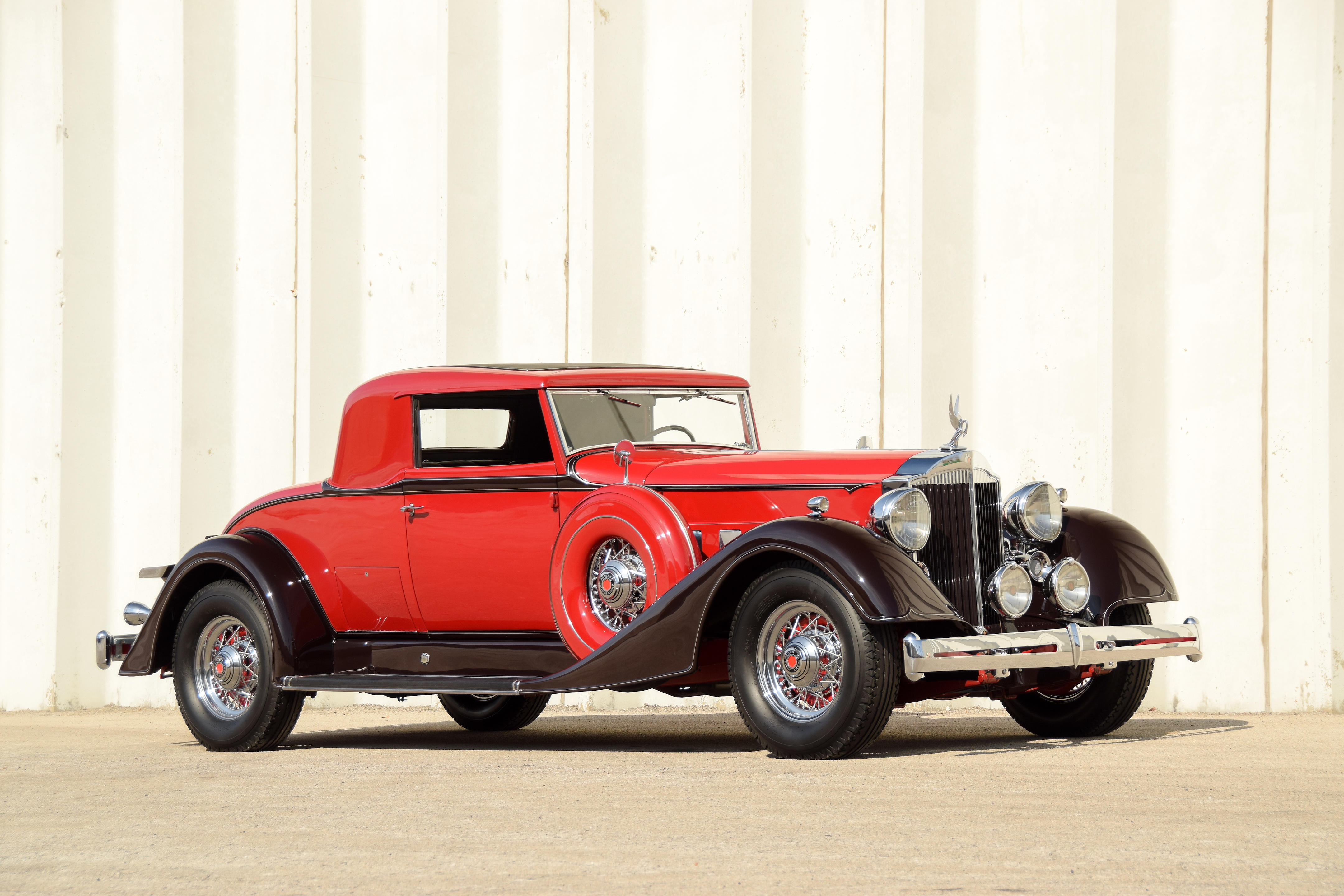
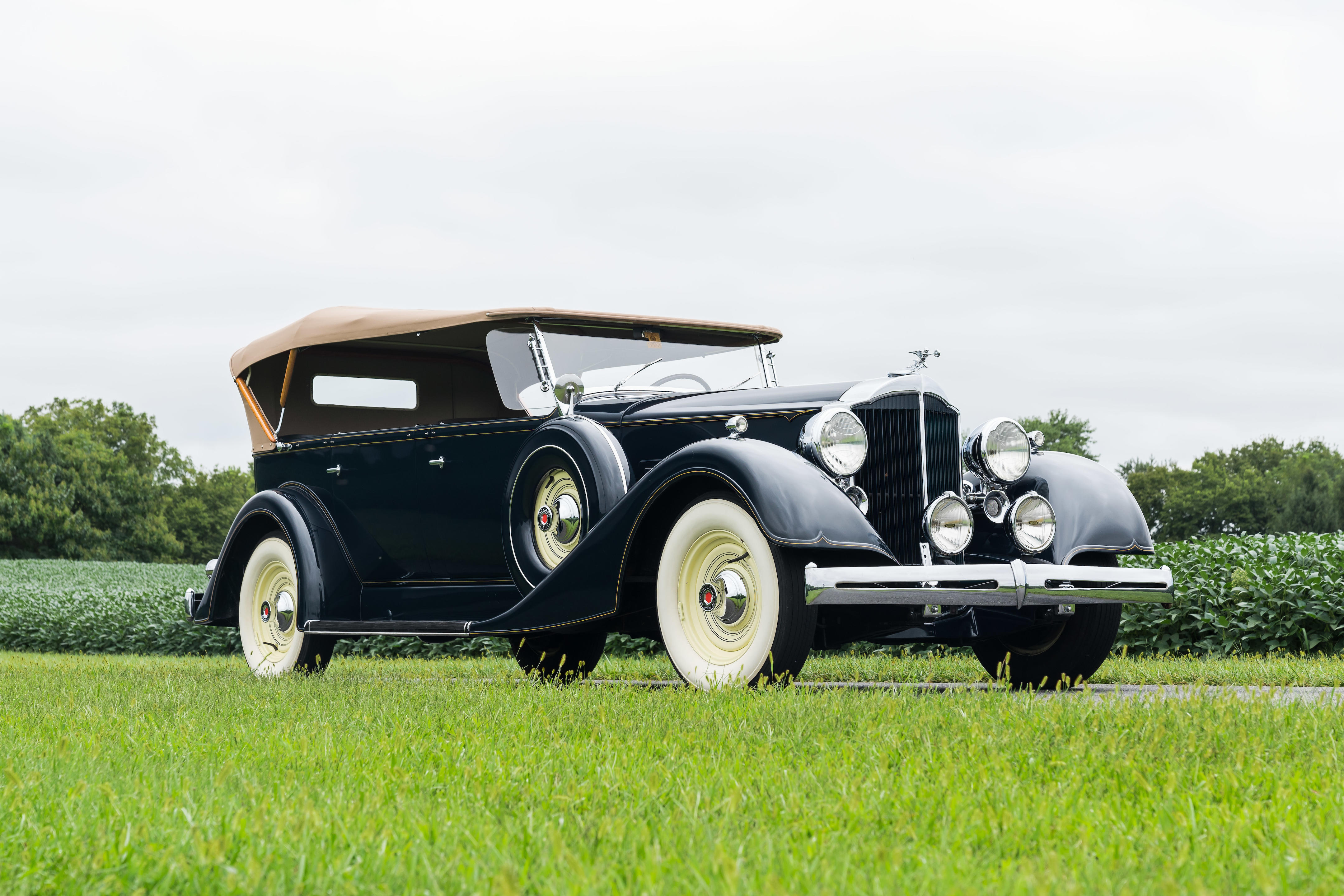
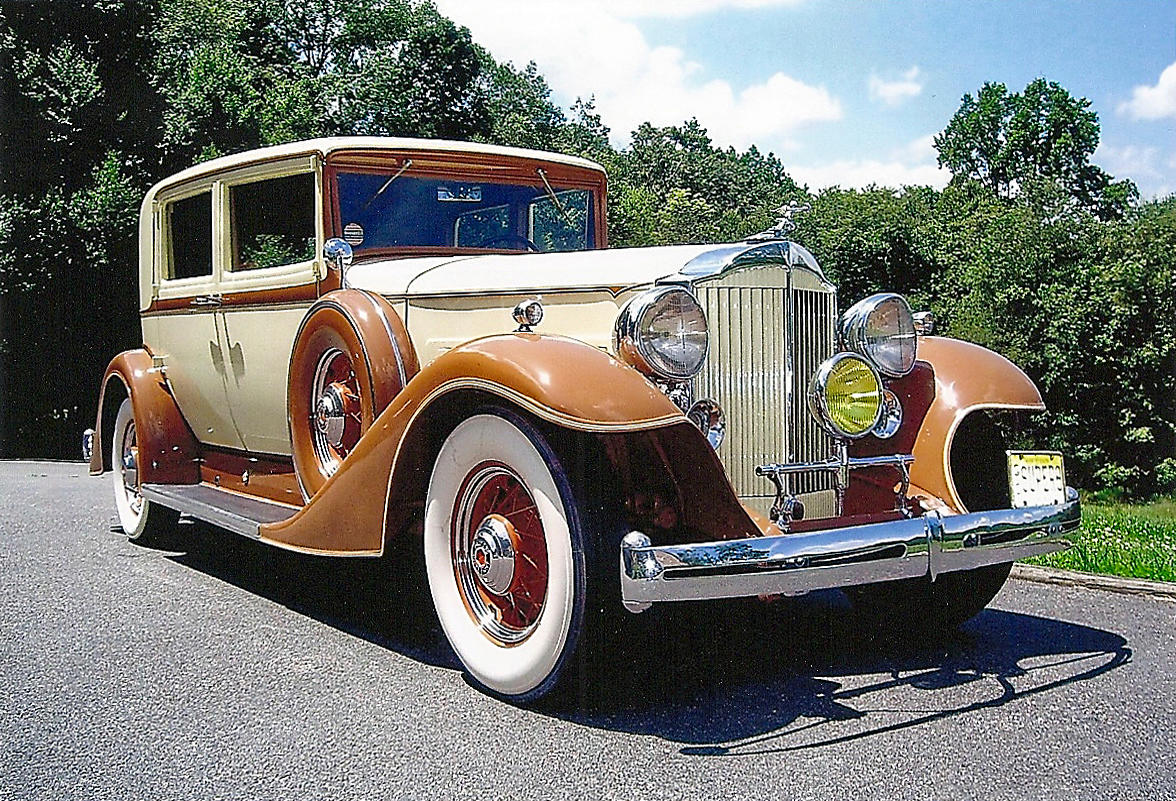
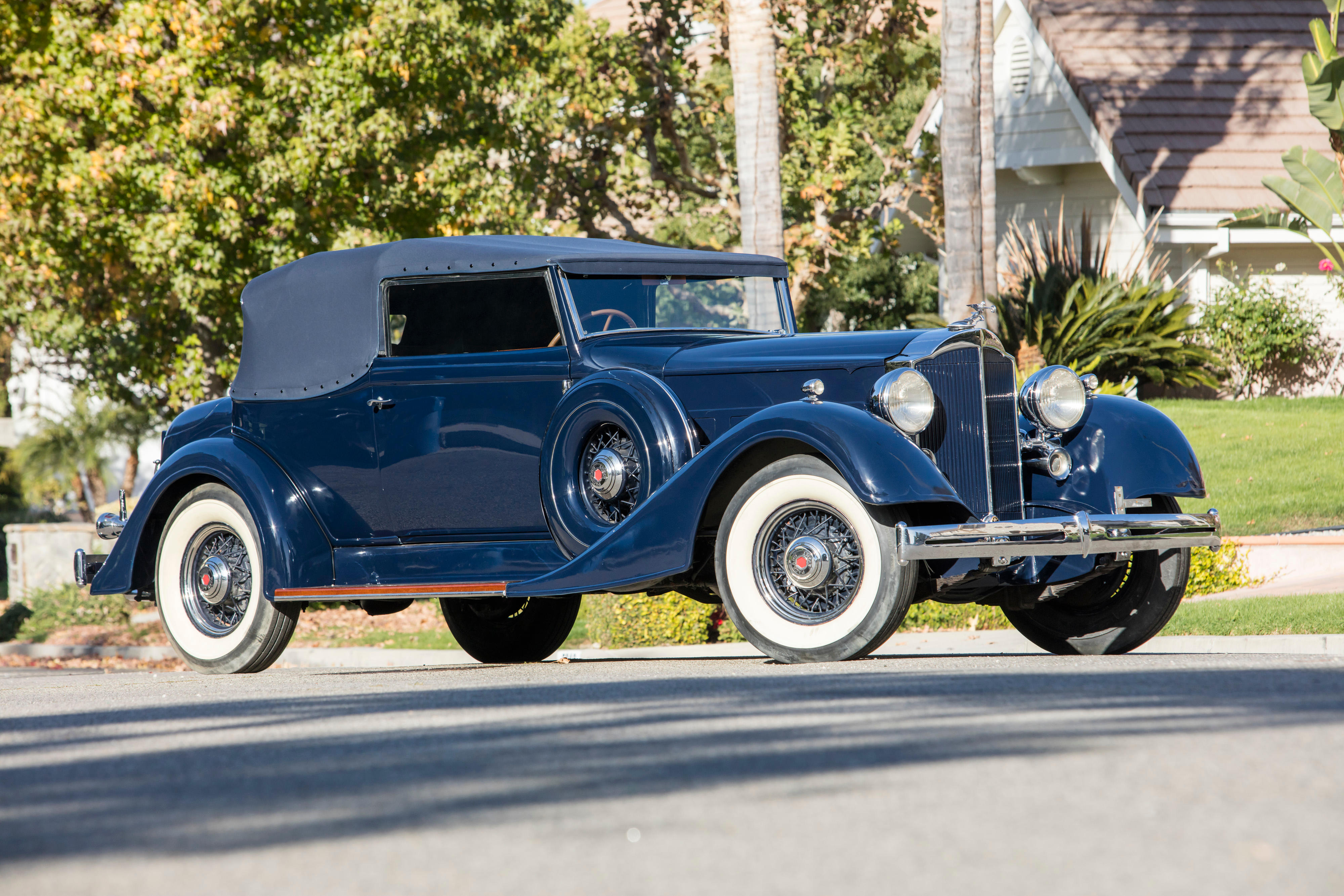
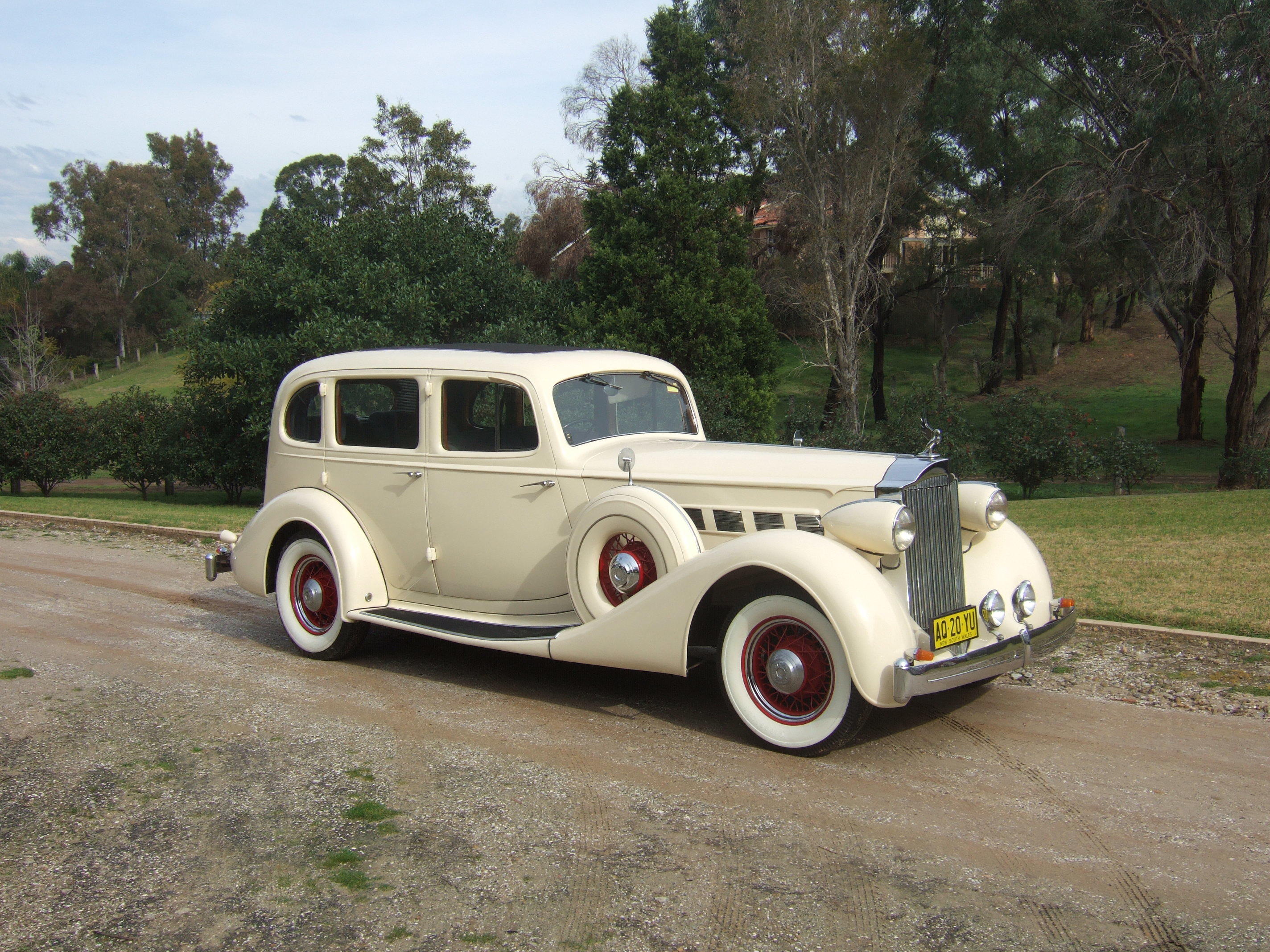
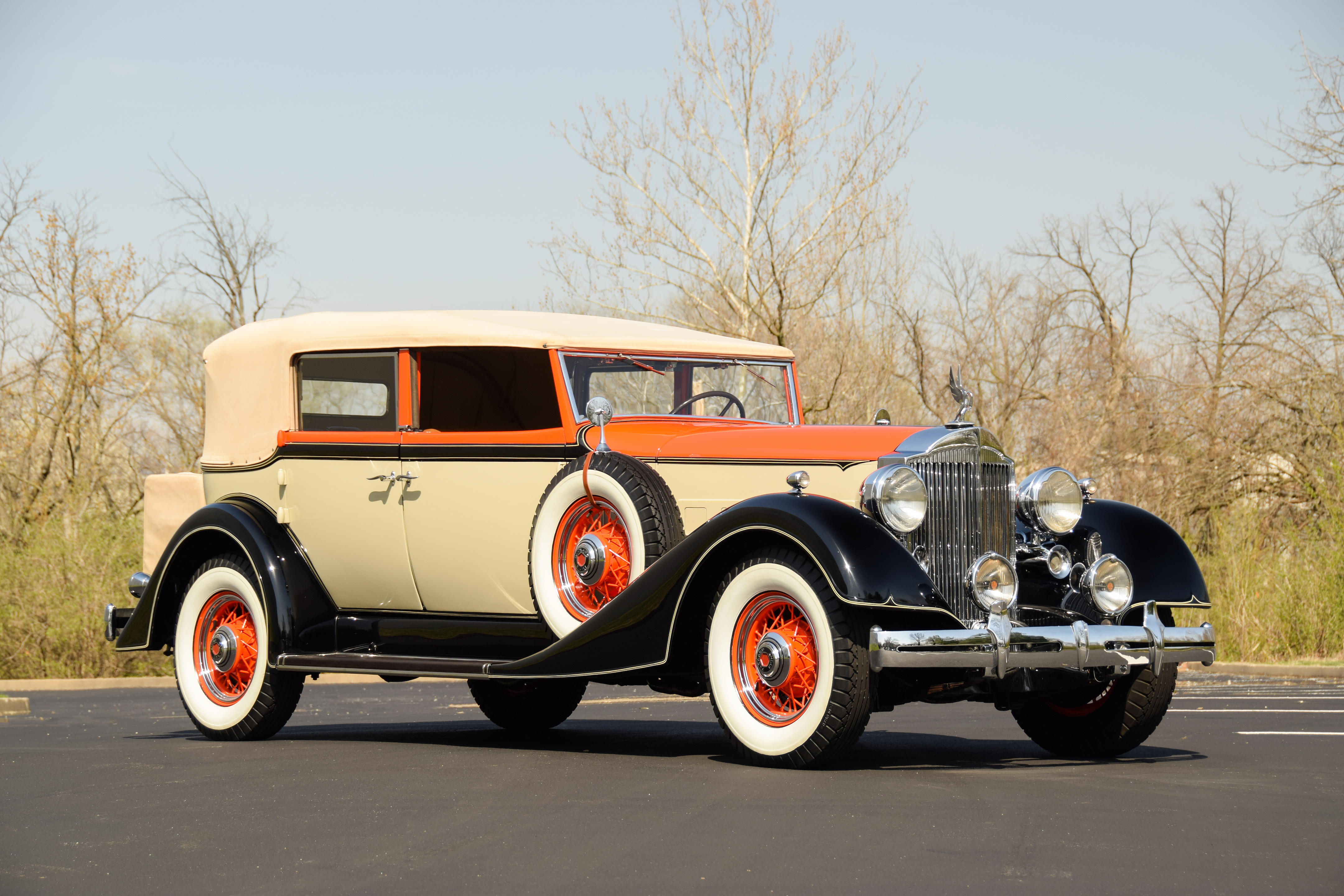

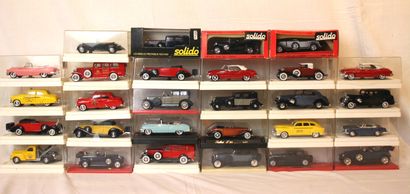
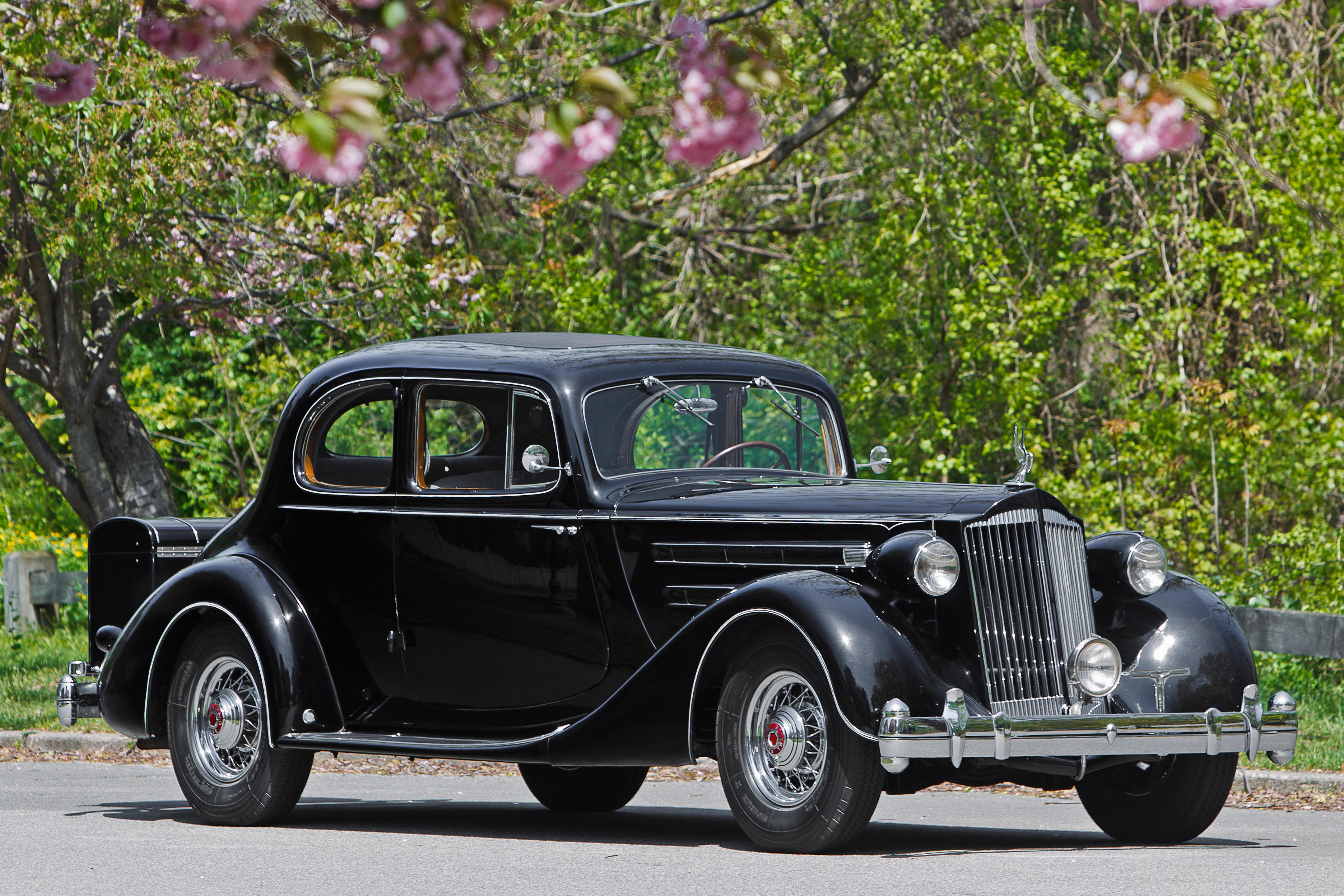



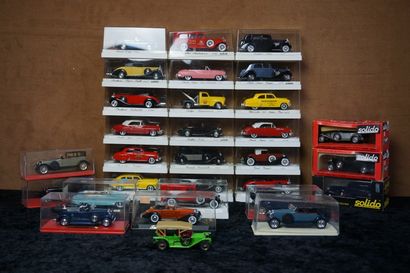

Testen Sie LotSearch und seine Premium-Features 7 Tage - ohne Kosten!
Lassen Sie sich automatisch über neue Objekte in kommenden Auktionen benachrichtigen.
Suchauftrag anlegen